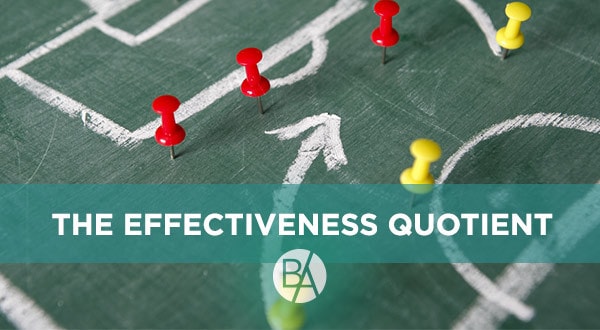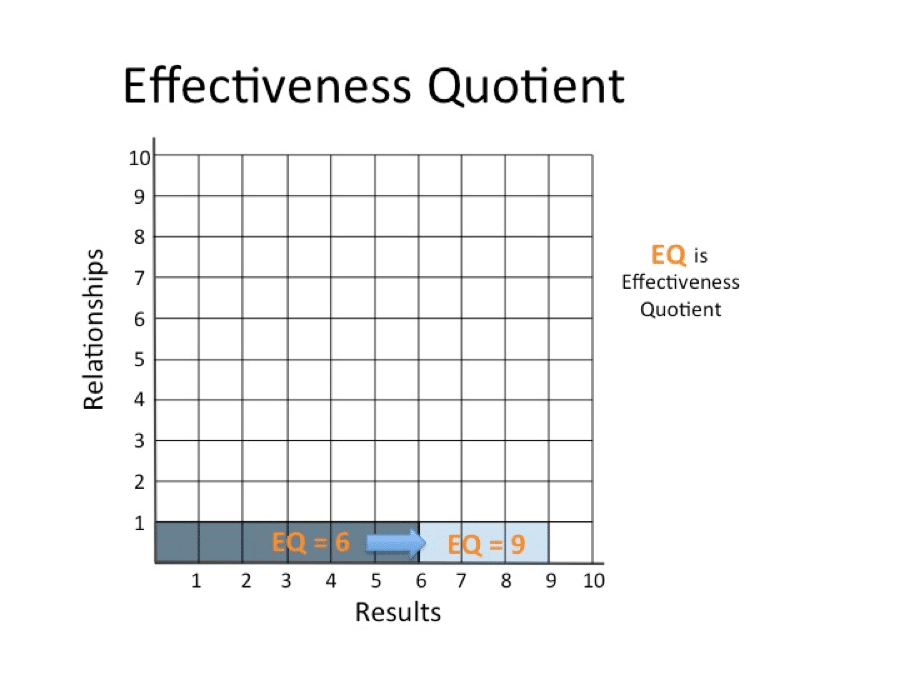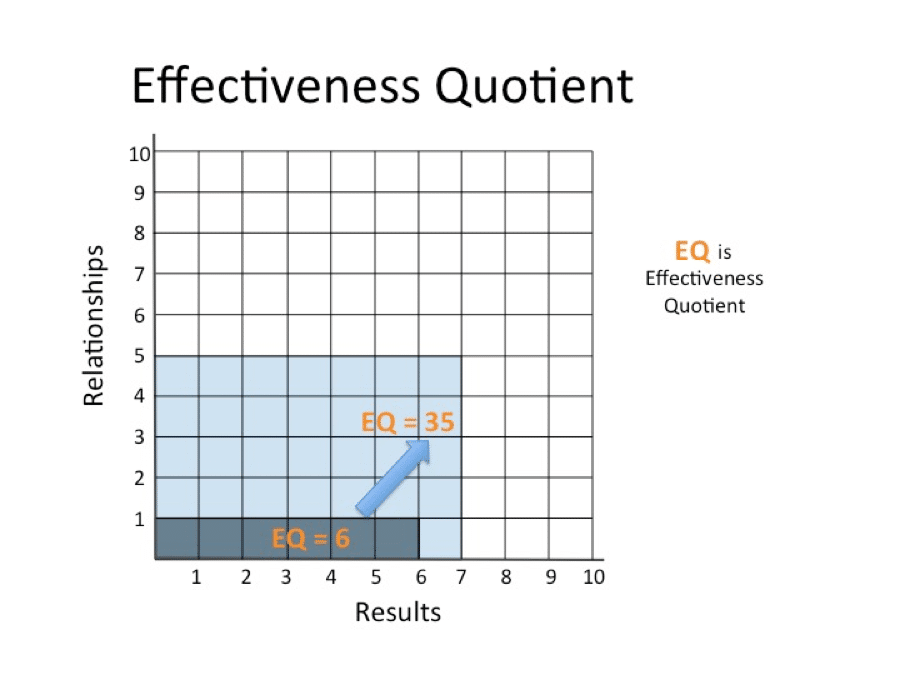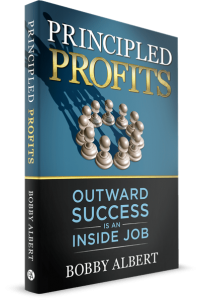I don’t think I had ever contemplated either of my parents dying – that is until my father died when I was 20 and left me in charge of our struggling family business. Dad’s death came as a shock, and in the early days, I struggled to adjust to my new roles and responsibilities. However, the situation did force me to develop my leadership abilities as fast as possible – and that led to an import truth…
And I discovered that: every leader can experience exponential effectiveness by employing the two “R” factors – as you drive for results, also maintain and enhance relationships – engaging employees.
Only a few people learn the skills to both build relationships (how they say and do) and get results (what they say and do) – in other words, leading and managing. This is the leader that employees long to work for, and when they find one, they usually give their loyalty to the leader and make that job a career.
Effectiveness Quotient
Several years ago, I came up with a way to describe or rate a leader’s level of effectiveness that I call the Effectiveness Quotient.
Imagine if you were to rate a person on a scale from 1 to 10 regarding his or her focus and drive as these qualities related to results. You would also rate the person from 1 to 10 on focus and intention as related to building and maintaining relationships – engaging employees.
This person’s Effectiveness Quotient would be the “results rating” times the “relationship rating.” So, a person with a results rating of six and a relationship rating of three would have an Effectiveness Quotient of eighteen.
Over the years, I have observed that most managers have a bent or bias to drive for results (managing things). Concerning the Effectiveness Quotient graph below, I have found that it’s not unusual for people to rate pretty well on results and fairly low on the relationships part of leadership.
Look at the lower-left rectangle on the graph above. It represents the effectiveness of someone who reaches a six on the results scale (about average) and a one on the relationship scale (very low).
This person would focus on the bottom line and the end results of his or her work. Also, it’s fair to say that he or she probably doesn’t care much about building and enhancing relationships – engaging employees.
Yet even for those whose effectiveness is represented by the smallest shaded area on the graph, hope is not lost. They have some options to increase their level of effectiveness.
Focus on Results
The first option is to work diligently to increase the drive for more results and excellence. The goal would be to raise that six to a nine. If this person worked individually and drove others with great intensity to achieve this, his or her Effectiveness Quotient would have increased by only 50 percent, and there would probably be “dead bodies” lying around.
There’d be better results, but at the expense of the majority of this person’s relationships—both professional and personal.
Emphasize Relationships
The second option is for this person to strive to increase his or her people skills and level of relationships – engaging employees.
You might be thinking, “Bobby, if I take the time to focus on people and relationships in my business, won’t my results suffer?” That’s a good question! I have learned that it is not an either-or situation. Let’s look at the second Effectiveness Quotient graph.
Suppose the leader now raises his or her relationship skills from one to five. In my experience and observations, the level of the leader’s results will also increase, possibly from six to seven, with no added intentional effort in that area.
The total Effectiveness Quotient will now be 35. The leader will have exponentially increased his or her original effectiveness of six by 583 percent simply by focusing on the relationship part of leadership.
Observation: When you increase your relationships, it has an exponential effect – your results increase as well.
The truth is that when leaders learn the skills to develop and emphasize both relationships and results, their effectiveness is multiplied, not just added.
Even if it requires extra effort and time, even if it takes you out of your comfort zone, the results – the exponentially larger results – speak for themselves.
For we’ve just seen how focusing on results and relationships can multiply your effectiveness, allowing you to achieve far superior outcomes in your organization.
And one of the best ways, as to how you can begin to see truly amazing gains by multiplying not just your individual effectiveness but also the effectiveness of your whole team, is by employing the Engage2Lead participative leadership style and using the 1-2-3 leadership tool.
Do you focus solely on driving for results or enhancing relationships? Or, do you focus on enhancing relationships as you drive for results? How might do you multiply your leadership effectiveness? Please share your comments <here> and share this blog post with a co-worker and friend.
Coming Soon!




